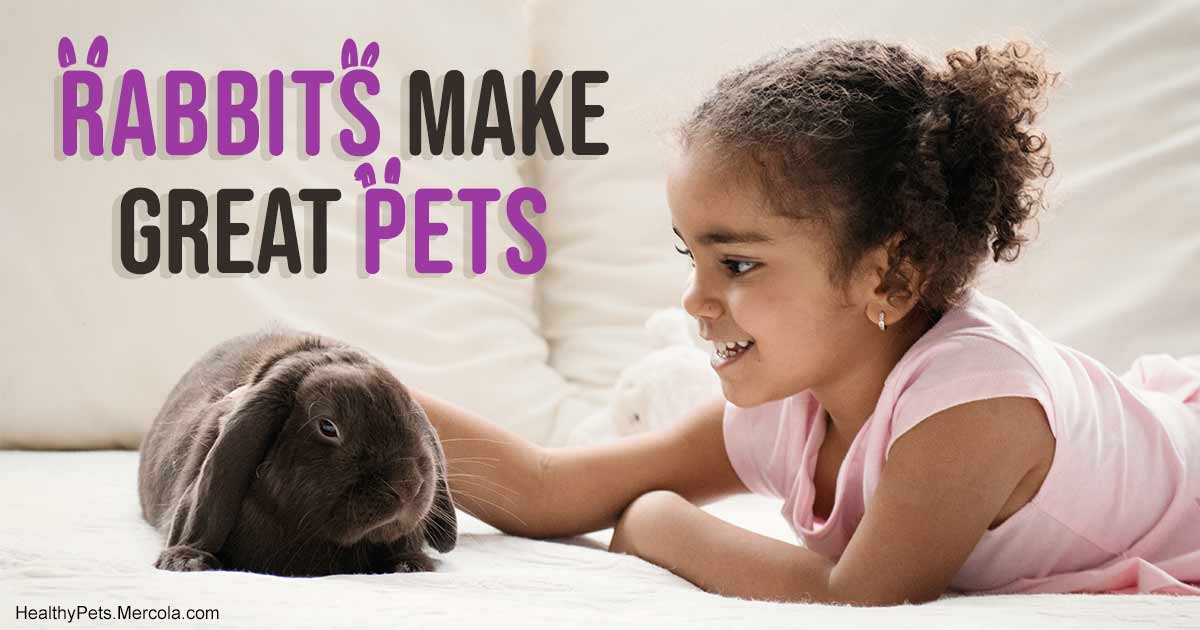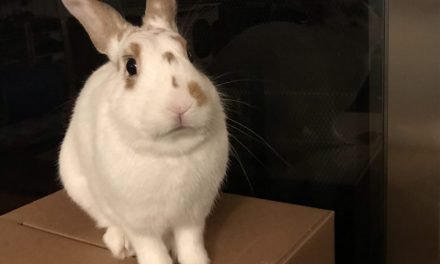Rabbits can make fantastic family pets , as long as their human household comprehends how to look after them appropriately. Since they’re little and have their own environments does not indicate they do not need much attention or maintenance, simply.
In truth, bunnies have a variety of particular care and managing requirements, and it’s likewise crucial to recognize that compared to other little animals , well-cared for bunnies live a fairly long life of 10 or more years. If you’re believing of embracing one of these little animals, I motivate you to do some research study ahead of time, so you’ll understand what to anticipate once you bring Mr. Rabbit house.
One of the very first things to think about is the reality that bunnies are social animals who tend to be better if they have a bunny BFF or more to socialize with, so provide some major idea to embracing a bonded set. And to prevent entering into the bunny organisation, you’ll wish to embrace an exact same sex set or schedule well-timed spaying/neutering. Be sure to examine your regional animal shelter or bunny rescue group initially for adoptable bunnies.
.The needs of life for family pet bunnies.
• • Your bunny will need cautious guidance and handling —– Bunnies have fragile bones, and the muscles in their hind legs can quickly overwhelm the strength of their skeletons. An unrestrained, having a hard time bunny can really break his own spinal column.
Some bunnies do not value being gotten, so go gradually and let yours get utilized to be dealt with. The appropriate method to raise a bunny is to position one hand below him in front, the other under his behind and carefully bring him versus your body for assistance. Never ever let his body hang complimentary, and never ever raise him under the stomach or by the ears.
Since bunnies groom each other around the head and down the back, most delight in being carefully rubbed on their heads. Bunnies do not cough or throw up hairballs like felines, so attempt to eliminate loose fur from your bunny’s coat when you can, either by petting or brushing him if he’ll enable it.
Like any animal, your bunny requires a yearly health test with a vet experienced with little mammals (not every veterinarian is). Finding an unique veterinarian will narrow your options significantly, so I suggest discovering one prior to you have a requirement. I likewise advise understanding the area of the closest emergency situation animal center that can deal with bunnies.
• • Your bunny needs to live inside —– The best location for family pet bunnies is inside your home. While wild bunnies are accustomed to temperature level extremes, domestic bunnies are not. In addition, bunnies are victim for numerous animals, so even in a safe outside enclosure, your family pet is susceptible to predators.
Rabbits intuitively comprehend the prospective dangers of being visible, and think it or not, simply the existence of a wild animal close by can trigger a lot tension that your bunny can suffer a cardiac arrest and pass away of worry.
That stated, there’s one issue with keeping your bunny inside your home all the time —– she can end up being vitamin D-deficient. A absence of vitamin D in bunnies is believed to add to oral illness, cardiovascular issues and a weakened body immune system. To guarantee your bunny gets enough sunlight, discover a method to permit her safe access to direct outside sunshine daily if possible (as sunshine through windows strains the vitamin D).
Consider harness training her so you can sit with her on tidy (unsprayed) turf and let her get some workout. Or if you’re favorable there are no wild animals in the area, you can move her indoor wire cage outdoors for a couple of hours on warm days when it’s not over 80 degrees F and she has access to a dubious area in the cage.
If taking your bunny outdoors isn’t possible, ask your vet to advise a full-spectrum light suitable for her environment. I do not suggest providing bunnies vitamin D supplements other than under the suggestions and guidance of a vet. Vitamin D is a fat-soluble vitamin that can quickly reach poisonous levels in little animals.
• • Your bunny’s environment must be spacious– Your bunny’s cage must be at least 5 times the size he is. He must have the ability to extend in there and stand on his hind legs without touching the top of the cage with his head. Bunnies do not have protective pads on their feet like some other animals, so wire floor covering is a bad concept. Layer the flooring with cardboard or another product if the cage is wire.
You’ll likewise wish to consist of a cardboard box in the environment, so bunny has a concealing area. Relative require to appreciate his requirement for peaceful time —– he’ll wish to sleep throughout the day and over night and will generally be friendly at dawn and sunset.
Like felines, bunnies can quickly find out to utilize a litterbox, so location one in the cage. (If your family pet is free-roaming, think about putting litterboxes in numerous places around your house.) The litterbox needs to be huge enough for him to being in, given that lots of bunnies like to unwind in their litterboxes. A variety of litters on the marketplace can trigger major health issue for bunnies, so stick to natural litters made from paper, wood pulp or citrus. Paper is another great option, however it’s not as absorbent.
If your bunny is restricted to his environment, he’ll require to be discharged a number of hours every day for workout. Bunnies like to run, leap and examine their environments, so make certain yours has a safe location to play in and check out. This is an excellent time for household members to play and communicate with him.
• • Free-roaming bunnies require a bunny-friendly environment —– If you prepare to permit your bunny open door to either your whole house or a location of your house (which I suggest), it’s actually essential to make sure whatever in her domain is rabbit-proof. Put all electrical cables out of reach and cover all outlets. Bunnies are huge chewers, and if yours chews through a plugged-in electrical cable, it can be deadly.
The desire to chew likewise indicates your bunny can be poisoned if she enters prospective toxic substances such as insecticides, rodenticides, cleansing products and even typical plants such as aloe, azalea, calla lily, Lily of the valley or philodendron.
Since chewing belongs to a bunny’s natural habits, make certain to supply yours with a continuous supply of chew-safe product. Examples: neglected wood obstructs or cardboard, bowls, rings and balls made from willow wood, and paper towel or toilet tissue cardboard rolls that you can discard as soon as they’ve served their function. Prevent offering your bunny any items that have sharp edges, loose parts or soft rubber that might be chewed into pieces and swallowed.
.The best nutrition for your bunny.
Rabbits truly like to consume, and the quality of your bunny’s diet plan will play a substantial function in his health over his life time. An inappropriate diet plan can trigger a variety of severe illness in bunnies, consisting of a condition called intestinal (GI) tension, in which the digestion procedure decreases or drops in the stomach and intestinal tracts.
” Rabbits are vegetarians, herbivores and fans of fiber,” vet Dr. J. Jill Heatley, an associate teacher at the Texas A&M College of Veterinary Medicine &&Biomedical Sciences, informed online paper The Eagle. “As such, their intestinal system must constantly be moving.” 1
GI stasis in bunnies can be brought on by a number of things, however it’s most typically the outcome of an absence of dietary fiber, bad oral health, inadequate workout, prescription antibiotics or contaminants. It can likewise be the outcome of an imbalance in the gut microbiome that leads to discomfort, fever and gas.
Signs of GI stasis in your bunny consist of a stooped posture due to discomfort, a decline in activity or cravings, little dark droppings and often, drooling. Make a consultation with a vet who deals with bunnies right away if you see one or more of these signs. Similar to any condition, the quicker an animal is identified and dealt with, the much better the opportunities for a complete healing.
Fortunately, there are lots of things you can do to minimize the threat of GI stasis in your bunny, beginning with the diet plan you feed. Just like any animal, it’s extremely essential to use your bunny a species-appropriate diet plan, considering that lots of illness in bunnies are triggered by foods that are incompatible with their digestion physiology.
Rabbits are hindgut fermenters. They have easy, single-chambered stomachs and are geared up with germs that absorb the cellulose from plants. Hindgut fermenters can take in percentages of differing qualities of forage all day and have the ability to pull more nutrition out of little amounts of feed. Lots of bunny guardians wrongly believe feeding hay as a dietary staple isn’t healthy or does not provide sufficient dietary range.
However, the natural diet plan of bunnies is a range of lawns, forbs, herbs and leaves. Considering that this diet plan is hard to mimic for domestic bunnies, a hay-only diet plan is advised over a diet plan including business fruit and most industrial veggies (green leafy veggies are great), fruit and seed blends, grain blends and grain-based pelleted feeds or bread, and is likewise more effective to forage-based pelleted feeds. For additional information on how to feed your bunny for optimum health, check out “ The Best Nutrition for Rabbits and Rodents .”
.
Read more: healthypets.mercola.com






Recent Comments